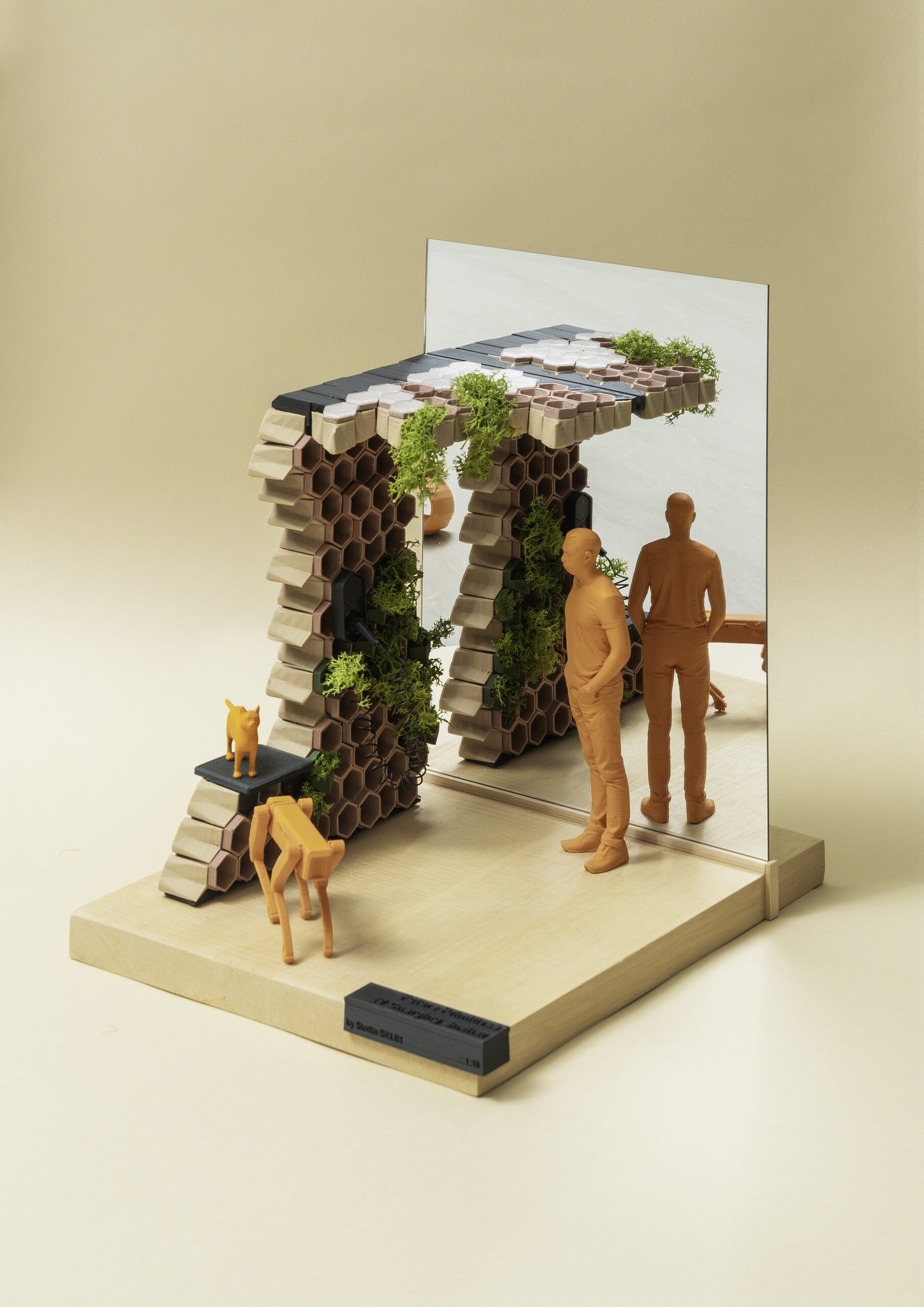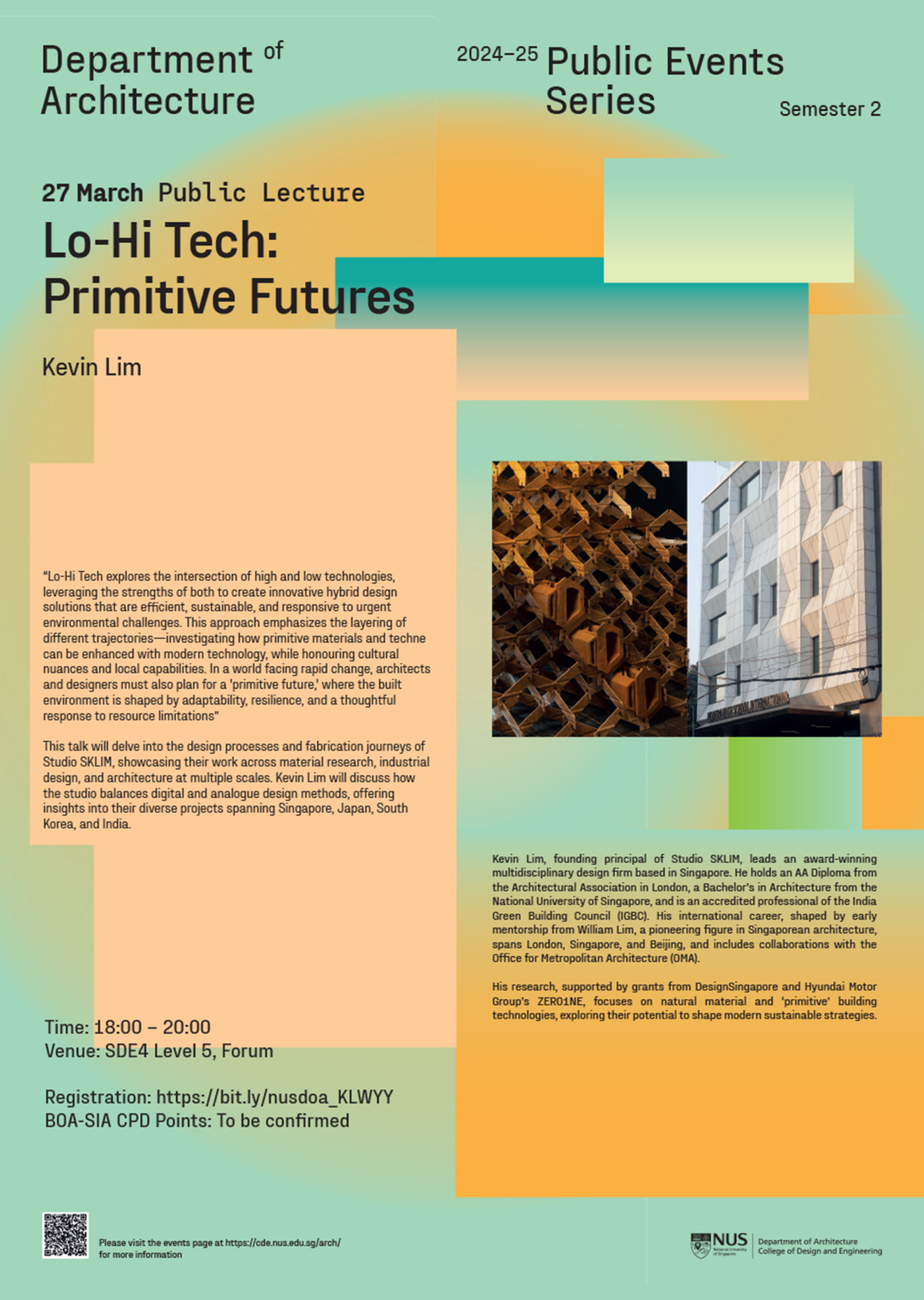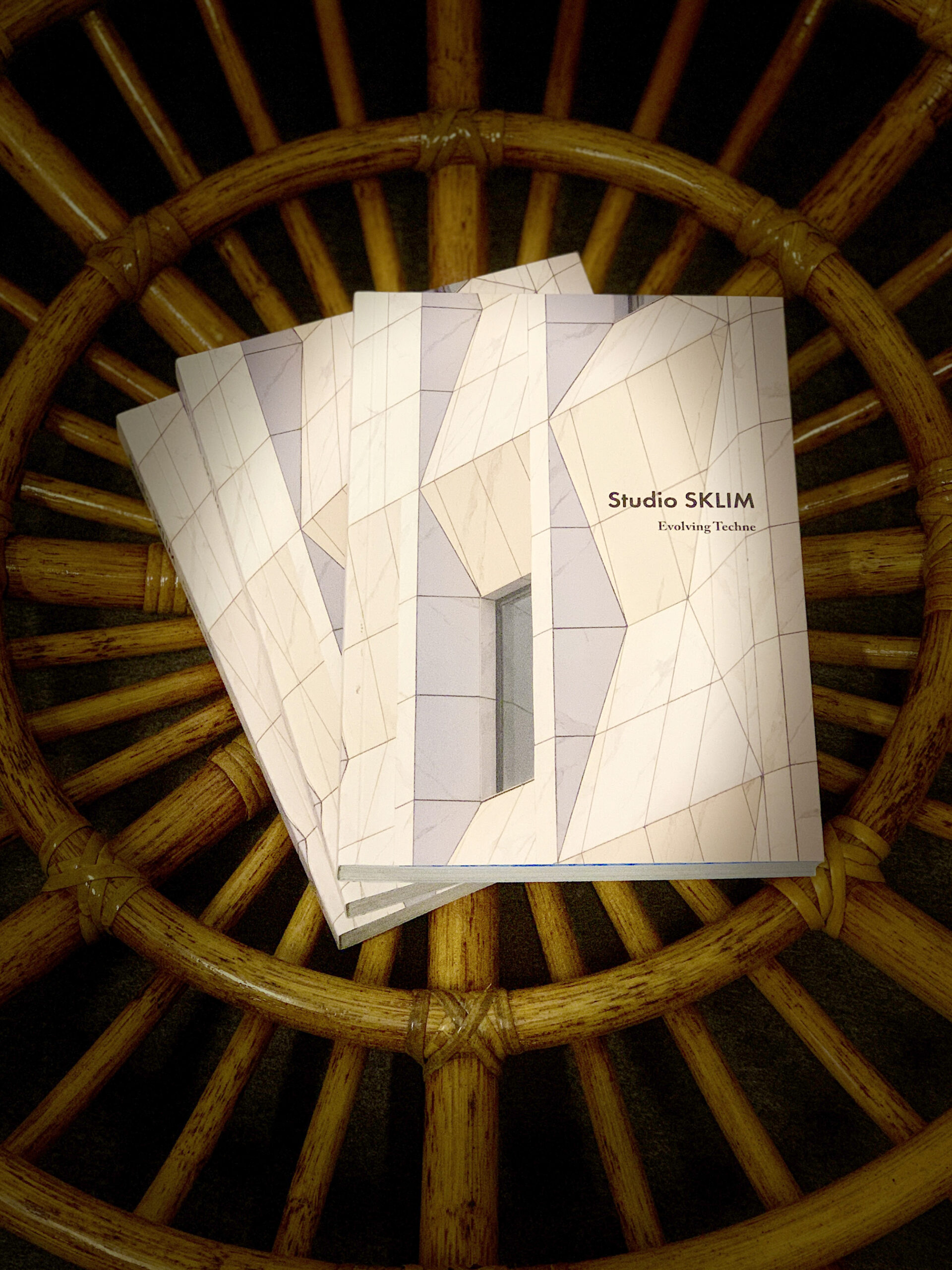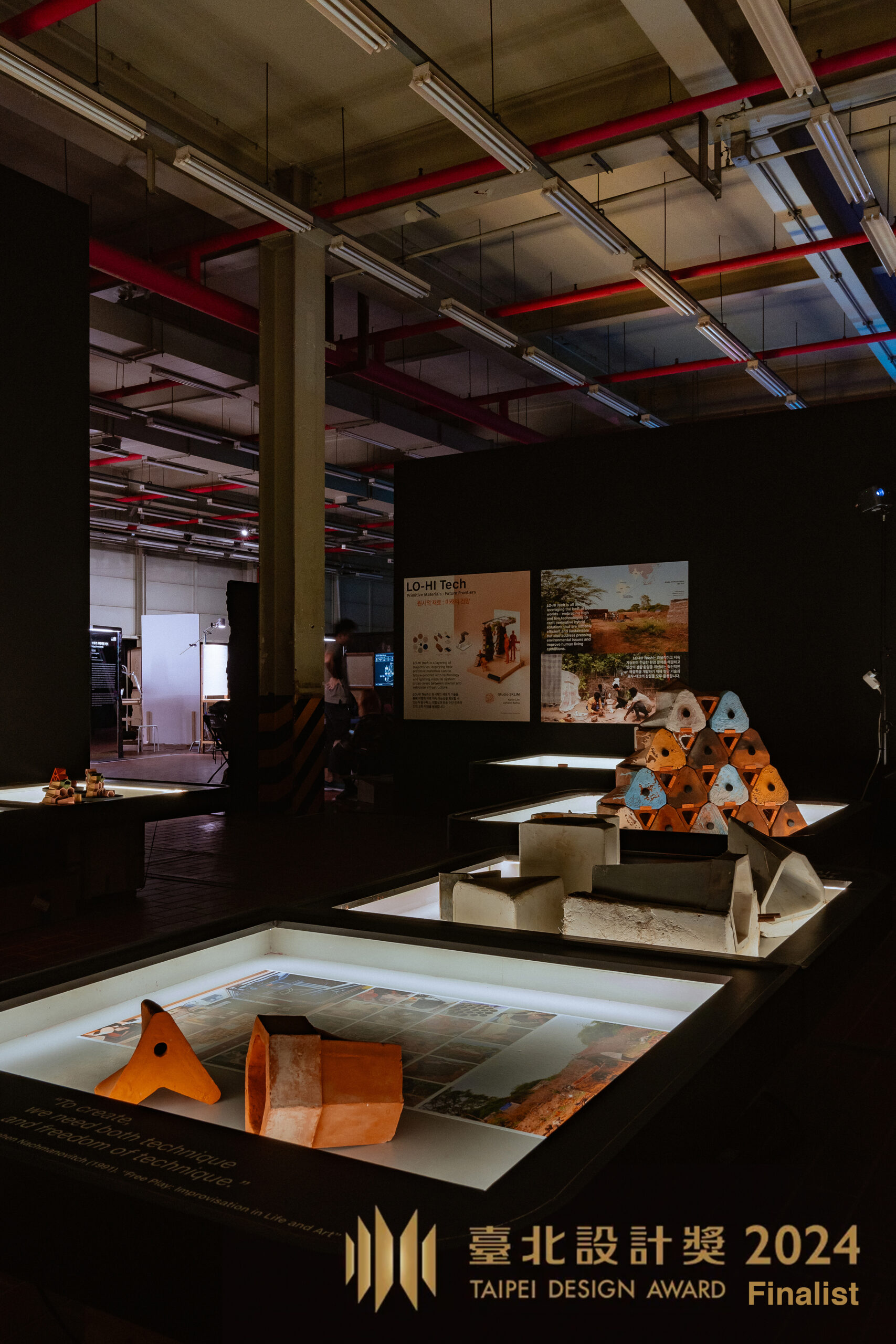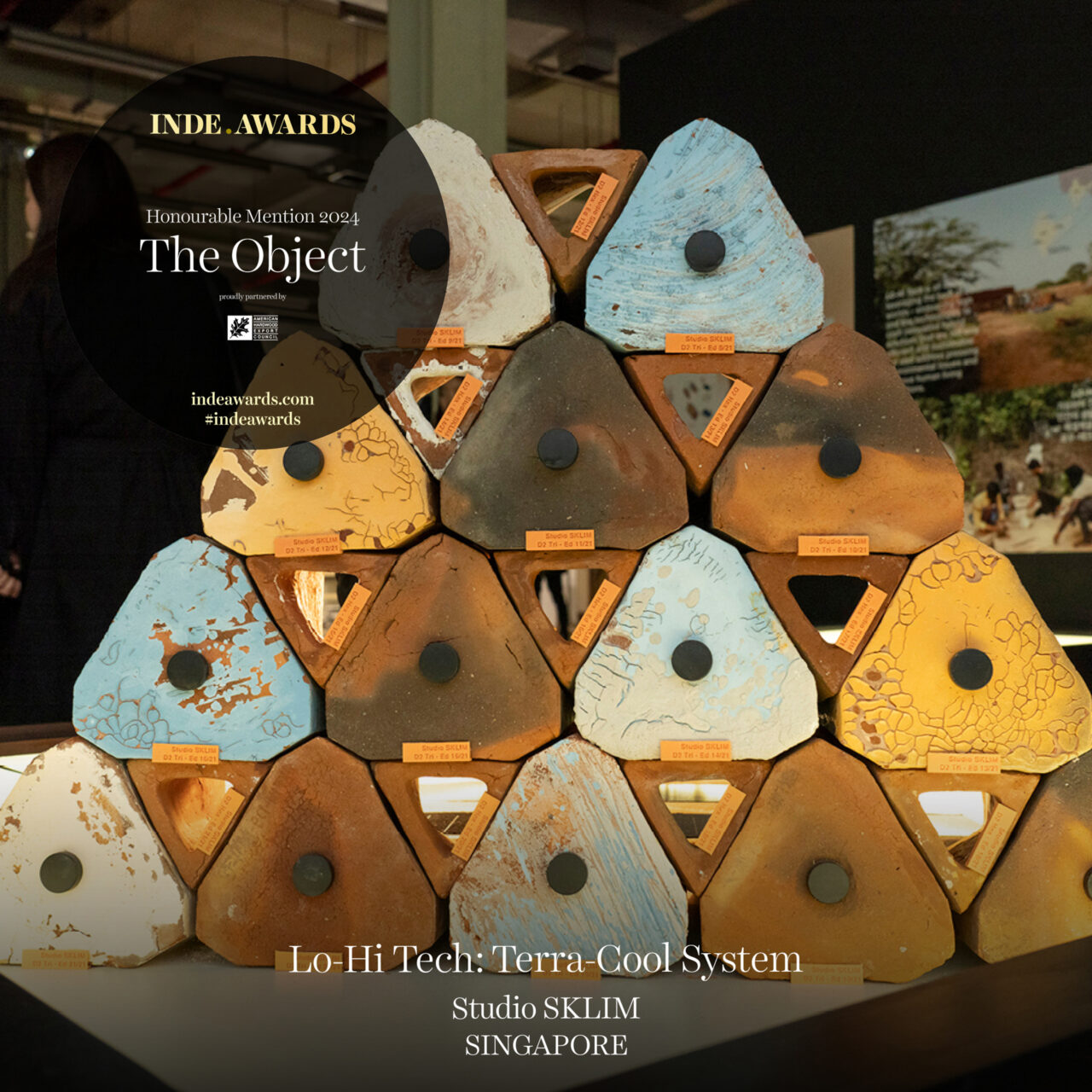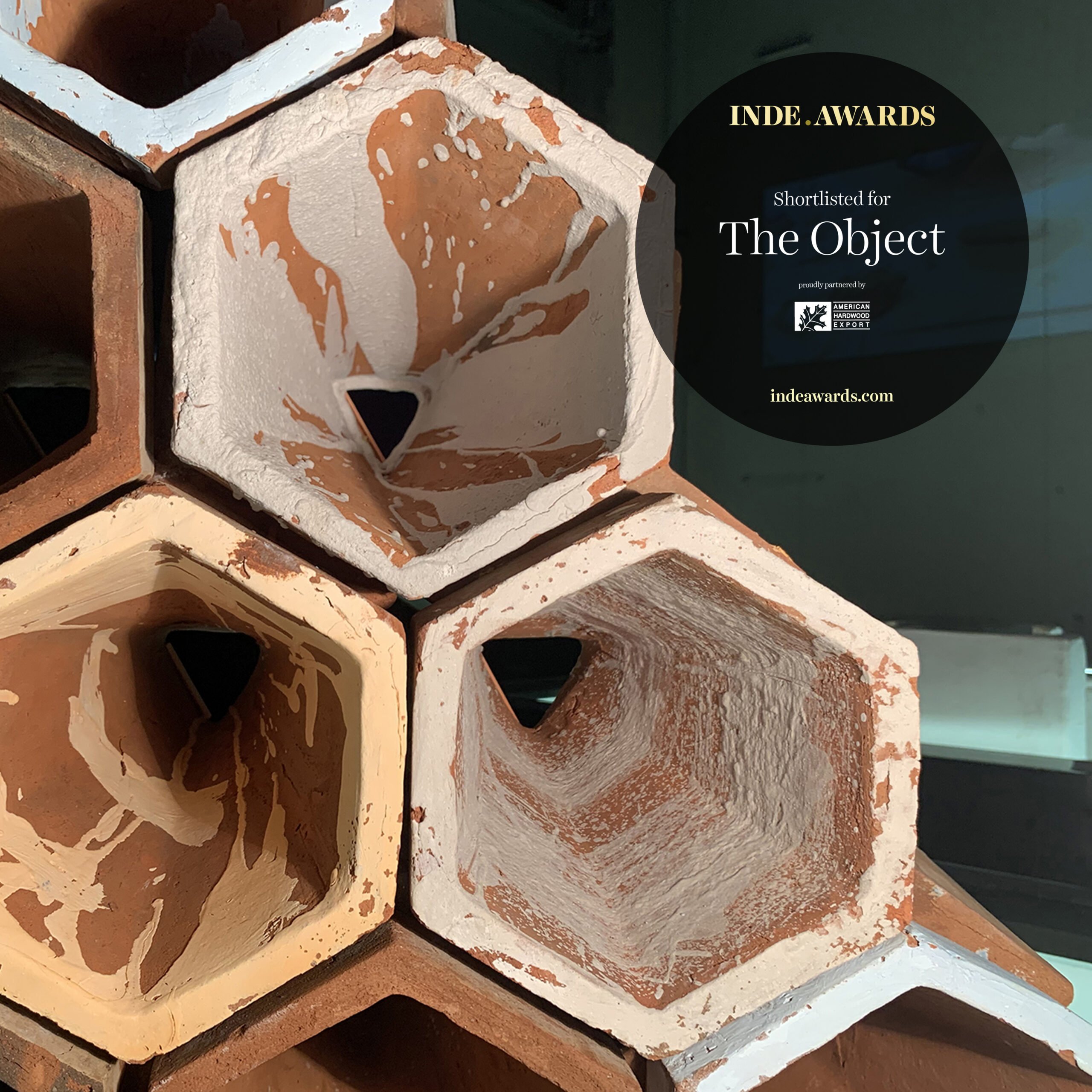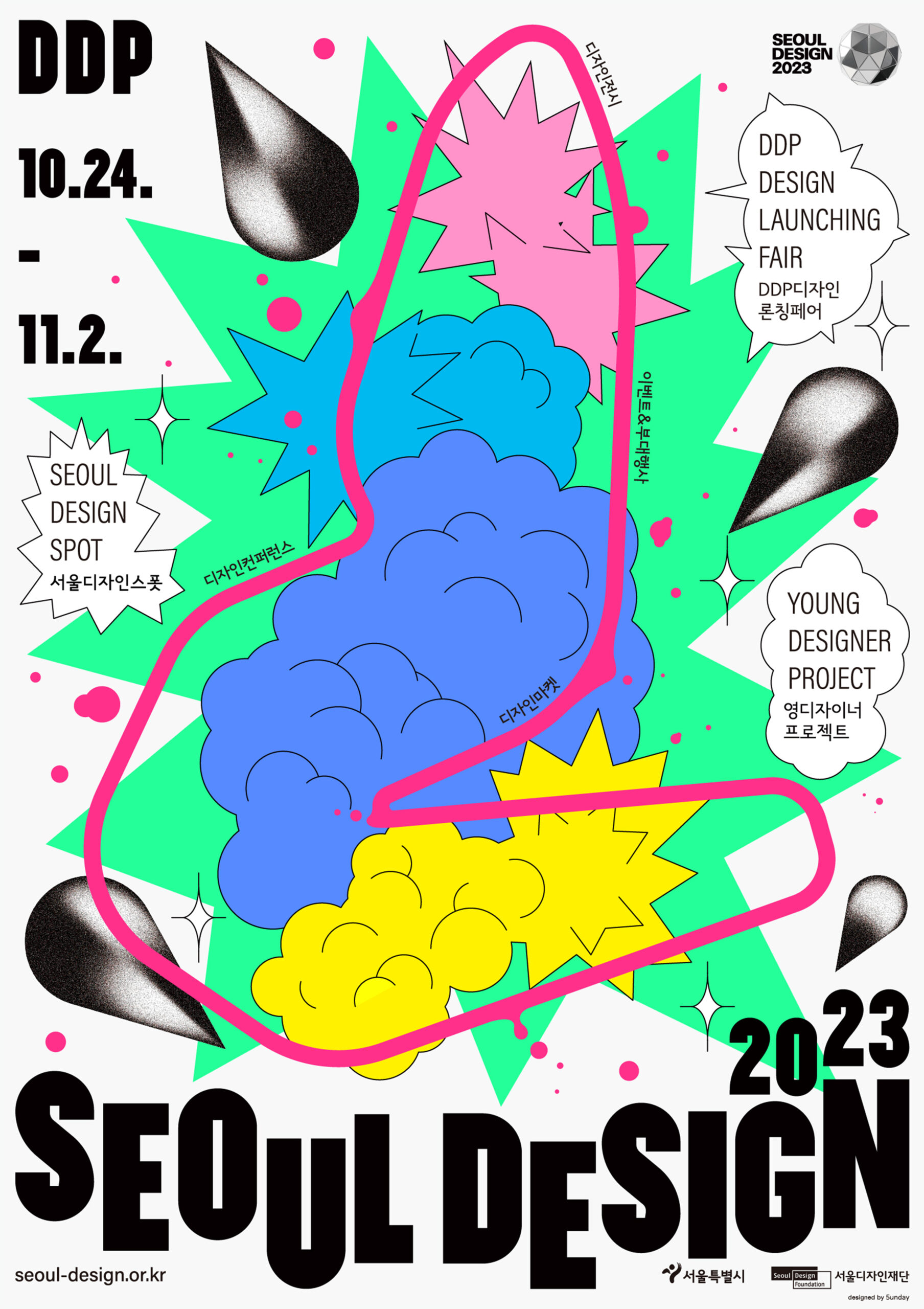Lo-Hi Tech. Primitive Materials : Future Frontiers

| client | ZER01NE (Hyundai Motor Group) |
| program | Material Research / Exhibition |
| area | 57m² (Exhibition area ) |
| status | Completed |
| team members | Kevin Lim Ashwin Bafna |
| consultants / fabrication | Photographic & Film Documentation Ong Chan Hao Sustainable Strategy Yvonne Zhang Production & Fabrication Athun K R (Ceramics Lead) Livingstan S (Ceramics Site Lead) Manoj S (Ceramics team) Sivagnanam V (Ceramics) Prabhu A (Ceramics) Sanmugam S (Ceramics) Sakthivel S (Ceramics) Ganesha Moorthi C (Ceramics) Nikhin K (Computer Fluid Dynamics Lead) Arun S (Solar Panel Lead) Devanshu D (Kenaf Biocomposite Coordination Lead) Gurav J (Kenaf Biocomposite Fabrication Lead) |
| photography | Chan Hao Ong / Athun K R / Studio SKLIM |
| video documentation | Chan Hao Ong |
| year of completion | 2023 |
Lo-Hi Tech is a layering of trajectories, exploring how primitive materials can be future-proofed with technology and igniting material system cross-overs between shelter and vehicular infrastructure.
Lo-Hi Tech is all about leveraging the best of both worlds – embracing high and low technologies to craft innovative hybrid solutions that are not only efficient and sustainable but also address pressing environmental issues and improve human living conditions.
The research demonstrates the immense potential for sustainable solutions to contemporary challenges by combining Asian primitive materials with both modern and ancient technology. Additionally, it highlights the convergence of traditional craftsmanship with innovative techniques.
Our research focuses on two main building material systems:

Ke-Sol System (KSS) – Kenaf Fibre Biocomposites x Solar Panel System
The Ke-Sol System (KSS) seamlessly blends the strength of Kenaf fibers in lightweight biocomposite roof tiles with custom solar panels. Through a meticulous process involving high thermal pressure, Kenaf fiber mats are molded into robust yet lightweight roof panels. These panels are then integrated with monocrystalline solar panels, creating an innovative roof tile capable of generating clean energy through its modular and tiltable configurations. This integration showcases a harmonious fusion of nature and technology.
Terra-Cool System (TCS) – Terracotta x Evaporative Cooling Water + Sand Filter System
The Terra-Cool System (TCS) harnesses the natural properties of abundant terracotta, drawing inspiration from ancient refrigeration (Zeer pots) and irrigation (Olla Pots) techniques. Comprising two main structural modules—Hex and Tri components—the Hex converts hot air into cool air, while the Tri serves as a water tank, supplying water to the surrounding Hex.
By integrating terracotta with innovative technology, TCS forms a wall system capable of reducing air temperatures by an impressive 6.5 degrees Celsius. This temperature drop is attributed to three key factors: the inherent cooling properties of terracotta, a meticulously designed form to maximize air and water flow, and the cooling effect driven by water evaporation. Furthermore, Computer Fluid Dynamics (CFD) simulations refine the design for optimal evaporative cooling performance.

Future Primitives-Use case scenario
We envision a future in which material systems effortlessly transition between shelter and vehicular infrastructure, transcending borders. The fundamental premise of our research is the seamless integration of the built environment with vehicles, including energy sources and sustainable materials. One relevant scenario involves creating sustainable shelter infrastructure for Electric Vehicle (EV) charging stations. These structures not only reduce ambient temperatures but also harness solar energy for localized lighting during the night.

Exhibition Concept
The KSS and TCS prototypes were showcased at ZER01NE 2023 in Seoul. The exhibition is structured around six themed trajectories:
- Context
- Sustainability
- Techne
- Technique
- Technology
- Future Primitives

Each theme is displayed in a radial arrangement of trays containing data, design thought processes, and research methodologies. Every tray captures a fragment and documents the design/manufacturing process through several vignettes. The items on the trays are loosely placed and may be relevant across multiple themes. Visitors are encouraged to draw associations between data, artifacts, and research, allowing them to form their own understanding of the exhibition. At the centre of these converging trays, we present the culmination of our research and the proof of concept for Lo-Hi Tech.
